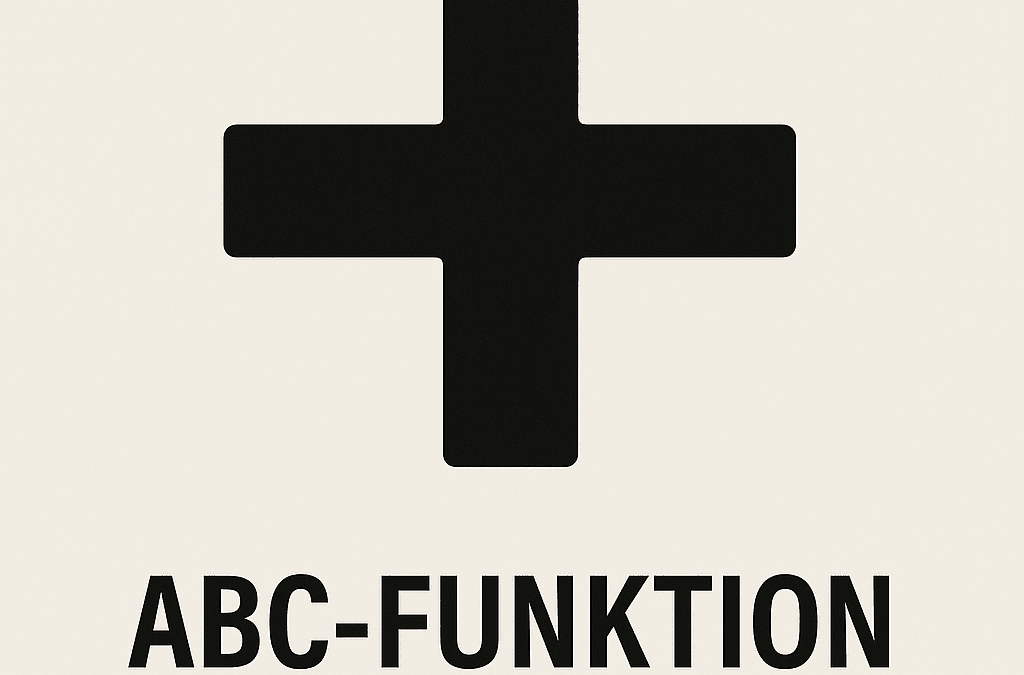Effective change work according to Grawe and Roth – a practical case from coaching work
Science-based change: The five steps according to Klaus Grawe
The renowned Bernese psychology professor Klaus Grawe (1943–2005) in his work Neuropsychotherapy (2004), based on a comprehensive meta-study. These steps are not only psychologically meaningful, but also neurobiologically effective – as the brain researcher Prof. Gerhard Roth (1942–2023) was able to confirm by means of imaging techniques:
- Establishment of a therapeutic alliance
- Activating the problem state
- Clarification of motivation
- Activation of resources
- Linking problem and resource state
According to Roth, change only succeeds if it also leaves its mark on the brain – in other words, if learning takes place.
Step 1: The therapeutic alliance – trust as a foundation
The first step is essential: the creation of a sustainable relationship between coach/therapist and client. Trust works in several directions. Gerhard Roth mentions three prerequisites:
- The client must believe that the coach can help.
- The coach must be convinced that he can help.
- Both must believe in the effectiveness of the method.
Only when this alliance is in place can the next step follow: the targeted activation of the problem state.
Step 2: Activate the problem state in a targeted manner – don't just talk about it
Many interventions remain superficial if only the problem is discussed. However, real emotional activation only happens when the client immerses himself in a concrete scene in which the problem behavior occurs – ideally with all the senses.
Anyone who is in the NLP knows the principle of well-formed goals: the client is led into a problem scene, activates his sensory perception and formulates a goal. The feelings that arise – especially negative ones – show that the problem state is activated.
In this blog post, I would like to describe an approach I use that uses the principles of Mental Space Psychology (MSP). I use it very successfully in my practice. In this way, you can work out and activate the emotional context very precisely in order to then – with whatever procedure – go into problem solving. Of course, ideally using the MSP!
Practical example: Change work with Rudi Neubauer
Rudi Neubauer is an entrepreneur and has been running a business on his own for years, which he once built up with his partner Dieter. Dieter has been ill for five years, but wants to continue to have a say and share in the profits – without active participation. Rudi feels bound, blocked and emotionally overwhelmed.
His goal: a clear negotiation with Dieter in order to be able to continue running the company independently.
Rudi describes his situation as follows:
"I've been running the business alone for five years. Dieter wants to have a say, blocks new paths and claims a share of the profits. At the same time, there is radio silence – he lives 100 km away. I feel like I'm tied to a carcass. I'm frozen solid and feel totally screwed."
We have found out the following behaviors of Rudi:
- I do things that others want and not what I want.
- I'm no match for Dieter.
- I put my interests aside.
The Function of Problem Behavior – An MSP Approach
In my work with Rudi, I defined problem behavior as a mental function. This function is autonomous and unconscious, it processes sensory impressions and generates a specific feeling that triggers the problem behavior.
Definition:
| Entrance |
|
| Processing |
|
| Edition |
|
By jointly defining this function, the client realizes: I do it myself – so I can change it.
Symbolic work in mental space
The next step was to give the function a name. The brainstorming resulted in the following list:
- Self-Reliance Prevention Function
- Hazard Prevention Function
- Pain avoidance function
- Liberation Function
In the end, Rudi chose a pragmatic term. For him, it was simply the ABC function . This designation was appropriate for him. After that, Rudi chose a metaphorical symbol that represented the ABC function. He chose a bold PLUS sign.
In a typical problem scene, he visualized the symbol: diagonally to the right above him, heavy and stressful. He said: "I can't avoid it". The physical reaction – heaviness in the right arm – showed that the problem condition was emotionally and physically activated.
Steps 3 to 5: Motivation, resources and transformation
This activation is the key to further work: this feeling that motivates the problem behavior is now tangible. The client has learned to unconsciously avoid or reinforce this feeling. It's a Motov! So we have already arrived at step 3 of effective change work.
We then clarified further aspects of the motif, found, tested and interwoven resources. In this way, the feeling of problem was transformed into a good feeling.
How exactly? There are many ways to do this. Maybe I'll introduce one of them in the next newsletter. It is best to be trained in the highly effective techniques of the MSP.
What works?
The Mental Space Psychology is the science of changing relationships. Problems are always bad feelings – and feelings arise from relationships. These relationships exist not only with people, but also with things, places, symbols.
So the art of the coach or therapist is to work with the "right" relationship. Most methods work with the relationship to the problem. I work with the relationship to problem behavior. If this is changed, the relationship to the problem also changes!
You don't believe that? Then give it a try!
Get trained in the highly effective techniques of the MSP – for sustainable change that works.


